I’ve spent about two weeks with the POCO F7, using it as a backup to my daily phone, and I can already say with confidence: this isn’t just another mid-range phone trying to look like a flagship. It’s something more deliberate, almost calculated. It’s confident and bold and sits nicely at the intersection of performance and price.
POCO has always walked the line between budget and bravado, giving consumers an excellent value for their money. It’s expanded into different series of devices over the years with each line representing something different. The F series, for its part, has been there from the start, offering the flagship experience for the brand.
With the F7, they’ve tightened the formula, delivering a device that feels purpose-built for power users and casual gamers who care about speed, screen quality, and longevity as opposed to camera finesse or software polish.
This is not to say those other things don’t matter. They do. And, in fact, they are somewhat present here. And with time, and the right software fixes, could be improved.
If you’re looking for a phone that performs like something twice the price, and you’re willing to live with a few rough edges, this one might just surprise you.
I was thoroughly impressed with the Pro variant of this phone a few weeks back and I’ve come away equally respectful of the just-announced standard version.
With flagship-level speed, a dazzling display, and real long-term support, the POCO F7 delivers power and polish in a way that makes its sub-$400 price feel almost unfair.
Design & Build: Premium Where It Counts
The moment I unboxed the F7, I was impressed by its presence. It’s got a dense, substantial hand-feel that you usually associate with flagship devices. The glass-on-metal build with Gorilla Glass 7i on the front and back and aluminum around the sides, immediately gives it credibility. It doesn’t flex, it doesn’t creak, and it definitely doesn’t feel like something you got on a budget.
This thing is big, with its 6.83-inch display and a 215g+ frame. It’s not the most one-hand-friendly device around but it’s not all that dissimilar from other larger handsets. I adjusted quickly since I had been using a Pixel 8 Pro as my primary device. If you’re coming from something smaller, you’ll feel it in a “hey this is sorta heavy” way.
The flat aluminum sides help give you a confident grip, and the included case adds a bit of buffer, but the weight distribution might require some getting used to.
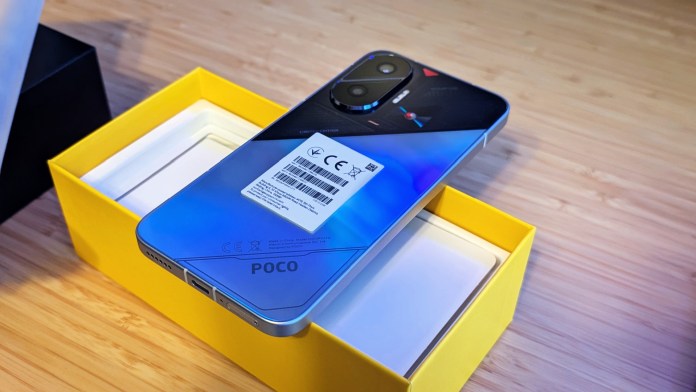
There’s also and oversized camera bump, which is more or less a long, pill-shaped module that gives the phone a bit of a wobble on flat surfaces. A minor annoyance, but one worth mentioning if you use your phone flat on a desk a lot. It’s not any worse that other phones with large modules, but I do wish we could go back to a bit more symmetrical design.
Now let’s talk about the looks. The black and white models play it safe, with glossy finishes that likely pick up fingerprints like magnets. But the Cyber Silver variant has some flair, and it definitely likes fingerprints.
A half-transparent visual treatment on the back gives you a peek at “components” (shh, they’re decorative), a Snapdragon logo, and some futuristic flair. It’s geeky in the best way and it won’t be for everyone, but if you like your tech with personality, this one brings it.
I love when phone makers offer special editions of their devices but hate when they’re priced out of reach. Similarly, I like the aesthetics that often accompany gaming-centric phones. Yet, I don’t want to drop gaming phone money just to have a visually cool device that’s tuned for high-end titles only to be relegated to sudoku and Pokemon GO.
The Cyber Silver F7 gives me all of the design stuff I want and manages to keep the price down to $350-$400 depending on the memory and storage configuration. That’s just awesome to me.
Then there’s the IP68 rating. That’s a pretty big deal at this price. Most phones under $400 still skimp on serious dust and water protection, so seeing flagship-grade durability here is a real win. It’s the kind of thing that makes this phone feel trustworthy, like it’s built for more than a spec sheet. And it’s the sort of experience that you don’t want to hide behind a case.
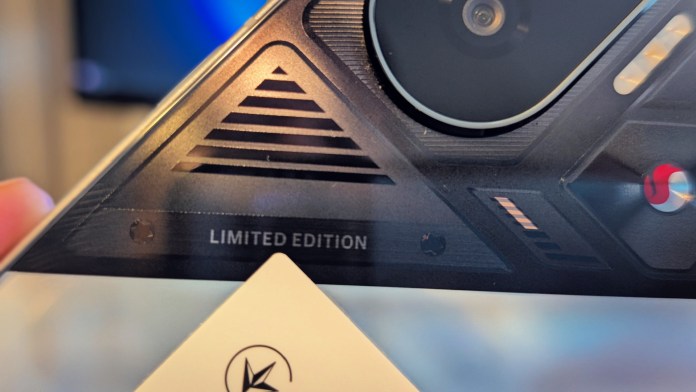
Display: Bright, Smooth, and Genuinely Enjoyable
This screen might be the best thing about the F7. It’s huge, sharp, and absolutely floods your eyes with color and contrast. POCO’s using a 1.5K AMOLED (technically 1280 x 2772 pixels) panel here, at nearly 450 pixels per inch, it’s crisp enough for everything from gaming to streaming to doomscrolling at 2AM. Seriously, bro, go to bed.
Brightness is where it really shines. POCO claims up to 3200 nits peak, and while that’s a lab number you may never hit outside of ideal conditions, the real-world brightness is still top-notch. High Brightness Mode hits over 1700 nits, and auto-brightness can crank things up to 1500+ in sunlight. I’ve used it outdoors on sunny days, and everything stayed readable. Not just legible, mind you, but actually rather enjoyable.
HDR support includes both Dolby Vision and HDR10+, and it shows. Watching HDR content from Netflix or YouTube looks vivid, punchy, and immersive. Color reproduction is excellent out of the box, and you can fine-tune it with different profiles in settings. There’s also 68 billion color support for those who care about deep gradations and color accuracy.
From its glass-and-metal build to the eye-catching Cyber Silver finish, the POCO F7 proves you don’t need to spend a fortune to carry a phone that turns heads.
The 120Hz refresh rate makes scrolling silky smooth, and while it’s not LTPO, the “Auto” mode does a solid job switching between 60Hz and 120Hz based on the app or activity. For most users, that’s more than enough. Of course, you can keep things lower for the sake of battery life but you’re gonna be fine here without doing so.
One underrated win? The 3840Hz PWM dimming. It helps reduce eye strain during extended use , especially in low light. It’s the kind of spec that doesn’t make headlines, but if you’re sensitive to screen flicker, it’s a big deal. It’s also one of those things where once you have it, you look for it in future products.
Performance: Snapdragon Muscle on a Budget
This is where the F7 really makes its case. It’s running Qualcomm’s Snapdragon 8s Gen 4, and while it’s technically a step down from the full-fledged 8 Gen 3 or Gen 4 Elite, it performs like it belongs in that family. It’s fast. Like, really fast.
Apps open instantly. UI animations glide. Games run smooth, and multitasking barely phases it. Pair that chip with 12GB of LPDDR5X RAM and fast UFS 4.1 storage, and you’ve got a setup that feels flagship in all the right ways.
Benchmark junkies will appreciate the numbers (up to 2 million+ in AnTuTu, depending on the test), but real-world usage is what matters. I bounced between social apps, email, maps, video editing, and heavier games without ever feeling the system slow down. Even when background tasks were going, everything stayed responsive.
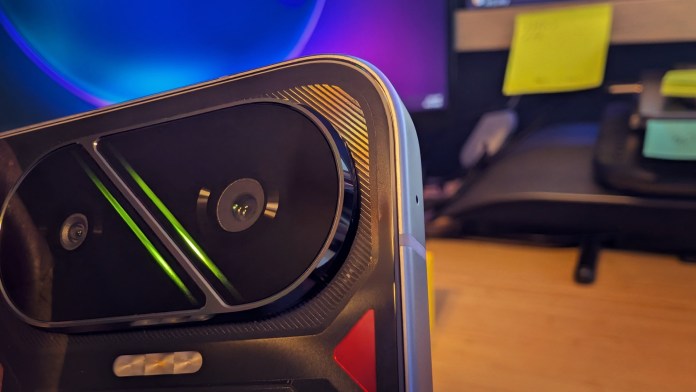
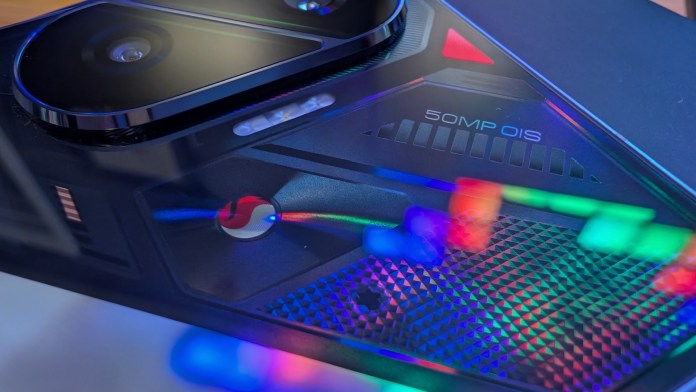
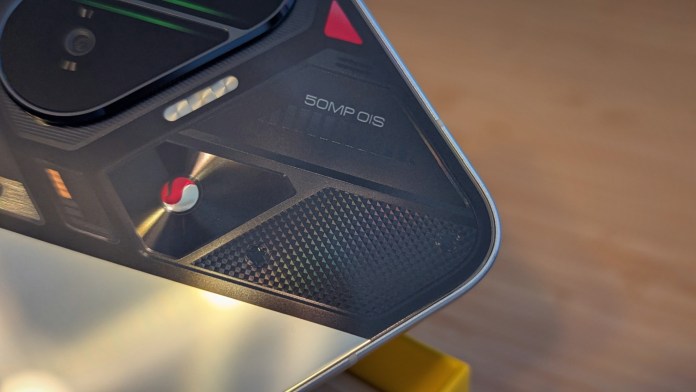
Of course you’d expect this for pretty much any phone in it first two weeks, right? Trust me when I say there’s a point a few days in where you start to see the difference between entry-level, mid-range, and higher-end phones. This one hums along and doesn’t seem to show signs of slowing.
One small caveat worth point out, since other phones do occasionally feature this, there is no microSD slot. You get 256GB or 512GB of internal storage, which should be enough for most people, but there’s no expansion if you need to load up on offline media. That’s a ton of space, even if you’re not living with your data in the cloud.
Still, for under $400, this performance is hard to beat. Qualcomm gave POCO a powerful weapon, and its using it well.
Gaming & Thermals: Great Power, Manageable Heat
POCO is positioning the F7 as a gaming-friendly device, and for the most part, it delivers, especially from the perspective of a casual gamer. Titles like Call of Duty: Mobile, Genshin Impact, and Asphalt 9 run well at high settings. The Snapdragon 8s Gen 4’s GPU, paired with a 120Hz display and a big battery, gives you both speed and stamina.
Every so often I’ll get stuck playing games a little longer than normal, giving a bit of extra consideration to the notion of a gaming phone. When things click, like they seem to do here, it definitely makes a compelling case for it.
The phone also includes a serious cooling system, a 6,000mm² vapor chamber dubbed the “3D IceLoop,” which sounds like marketing fluff but seems to help. In lighter sessions, the phone stays impressively cool. In longer ones, especially with more demanding titles like those above, the aluminum frame did get warm. In some cases, very much so. But nothing approaching an area of concern.
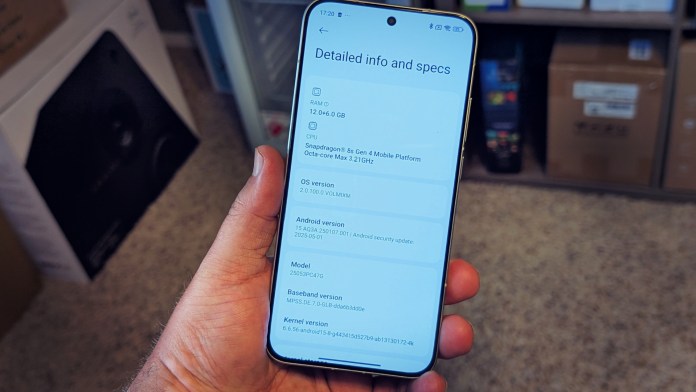
POCO’s WildBoost 2.0 optimizations claim to reduce lag and stabilize frame rates, and while they do help in short bursts, heavy gaming sessions may still trigger throttling. In doing a bit of research, I found that some users experienced a bit of that so serious gamers might want to keep expectations realistic.
Bottom line? It’s a solid mobile gaming machine, but it’s not immune to the limitations of a thin metal frame and a powerful chip under load. You’ll get great gameplay, but maybe not marathon-length sessions without a little warmth creeping in. If you don’t want to go all-in with a $1,000 gaming-specific phone, you might be happy with what’s on offer in the POCO F7.
Camera: Solid Primary, Weak Supporting Cast
The camera story here is pretty familiar for a POCO device with one very good sensor, and then some cost-cutting around it.
The 50MP main shooter is surprisingly capable. It uses a Sony IMX882 sensor with a bright f/1.5 aperture and OIS. In daylight, it delivers clean, detailed images with decent color tuning. HDR works well without being aggressive, and shutter lag is minimal.
Night mode is a pleasant surprise, giving you usable shots with controlled noise and good exposure. We’re not talking flagship quality, but more than acceptable. And for $400 it’s fairly good stuff.
The rest of the camera system doesn’t really impress but it does the trick. The 8MP ultrawide is soft, especially at the edges, and low-light performance drops off fast. It’s there for convenience, but don’t expect much. The 20MP front camera is fine for social snaps, but can overdo skin tones and struggles with backlighting or dim conditions.
Video is capped at 4K60 on the main cam, which is great to see, but the lack of 4K on the ultrawide or selfie cam keeps it from being a content creation powerhouse.
Still, for this price, the main camera alone makes it competitive. You’ll just want to keep expectations in check if photography is a priority.
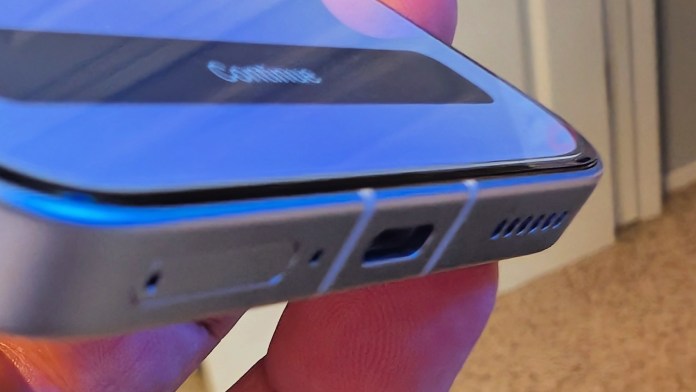
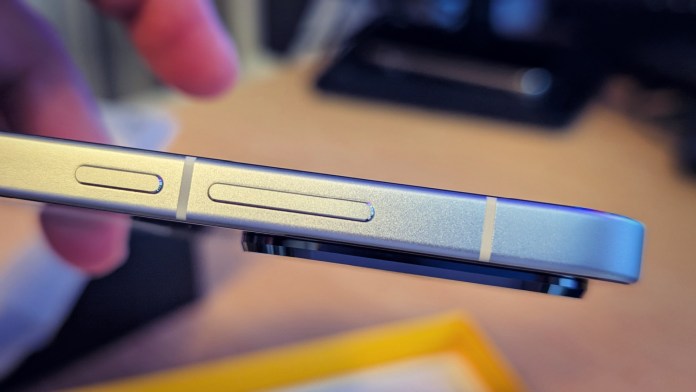

Given a lot of people like to toss a filter on a pic, or retouch it with apps, and the fact that we often view said images on phones, things are plenty acceptable. Just don’t get it in your head that you’ll get something approaching a Pixel A Series since they’re priced relatively close.
Software: Ambitious Support, Imperfect Execution
The F7 ships with Android 15 and HyperOS 2.0, Xiaomi’s newest UI layer that replaced MIUI. It’s ambitious, smooth in many places, and packed with customization options. You’ve got gesture controls, smart widgets, theming, and even access to AI features like Google Gemini and Xiaomi’s HyperAI toolkit.
Whenever I spend a fair amount of time away from HyperOS or other custom Android builds, I come back to them refreshed and excited by the level of personalization. It might feel wonky to some users, or a bit too much in places, but I’ve seen more than a few friends and family low-key impressed with the amount of customization available.
The big win here? Update support. POCO is promising four years of Android OS upgrades and six years of security patches. That’s better than most phones in this price bracket and rivals what Samsung and Google offer on much more expensive devices.
That said, HyperOS still feels like a mixed bag. It’s fluid most of the time, but I ran into a few bugs and inconsistencies such as weird notification delays and occasional app crashes in the first couple of days. After that things settled a bit for me, and I got used to the control center. Still, I can see why it might come across as overbearing to some.
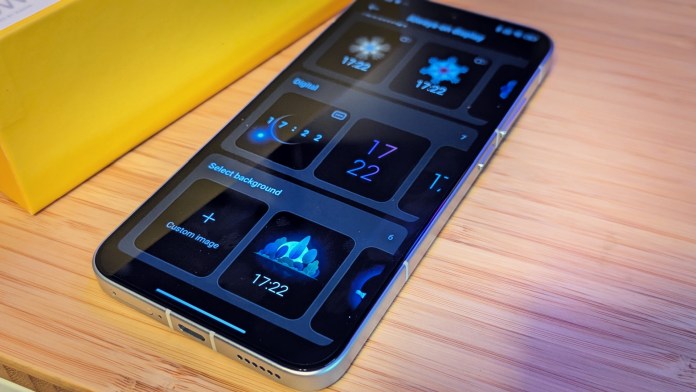


Then there’s the bloat. POCO preloads quite a few third-party apps, and while you can uninstall most of them, it’s annoying to deal with right out of the box. Add in the lack of seamless bootloader unlock support and a few restrictions on system-level controls, and power users might feel a bit boxed in.
What’s a bootloader, you ask? Well. That doesn’t seem like it’s going to matter to you. Google seems to be tightening screws for the sideloading and ROM crowd so it doesn’t surprise me that POCO’s doing what it does here.
If POCO can clean up the UI and focus on polish, this could become a software highlight. For now, it’s a work in progress. It’s functional, sometimes frustrating, but it does get better each time I come back to it.
Oh, and before moving on, I would like to say how refreshing it actually is to check out a new phone that is not trying to shove AI down my throat. Yeah, it’s present, and you can always install more, but it thankfully takes a backseat this time around.
Battery Life & Charging: Two Tiers of Endurance
Depending on where you buy the F7, your battery experience could be wildly different.
The Indian model comes with a massive 7,550mAh silicon-carbon cell, one of the largest batteries in any mainstream phone. The global version isn’t far behind, with a 6,500mAh battery that still outpaces many competitors. Either way you slice it, it’s a legit two-day device for most users.
Both models support 90W fast charging, and POCO includes the charger in the box. You’ll go from 0 to 100% in under 45 minutes. There’s even 22.5W reverse wired charging if you want to top up accessories.
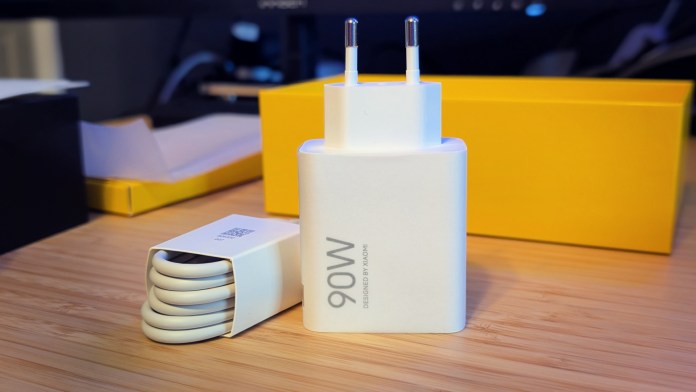
There’s no wireless charging, which is expected at this price, but still worth noting. Every so often a brand will sneak something like that in but not this time.
Battery life on the global version is solid, though not extraordinary. I can push three days out of this one but I might be the exception to the norm when it comes to intended audience. Then again, if you’re shopping with $350 and have a certain list of features that matter, you’re gonna be happy with this.
I wouldn’t be surprised if there’s a software update in the near term that evens things out, too. As it is today, the efficiency of the 8s Gen 4 chip feels like it’s close to where it should be, but it could be better. That’s an area worth watching in future updates.
Connectivity, Audio & Extras
The F7 covers all the modern bases: Wi-Fi 7, Bluetooth 6.0, NFC, an IR blaster, and USB-C with OTG support. Everything worked reliably in testing, though the lack of eSIM in the global model is a strange omission.
Audio is handled by stereo speakers with Dolby Atmos and Hi-Res support. They get plenty loud and offer good clarity, but stereo balance isn’t perfectly even. If I am being honest, this is a minor quibble in an otherwise enjoyable setup. There’s no headphone jack, which is par for the course these days, but also worth pointing out because of the random surprise inclusion.

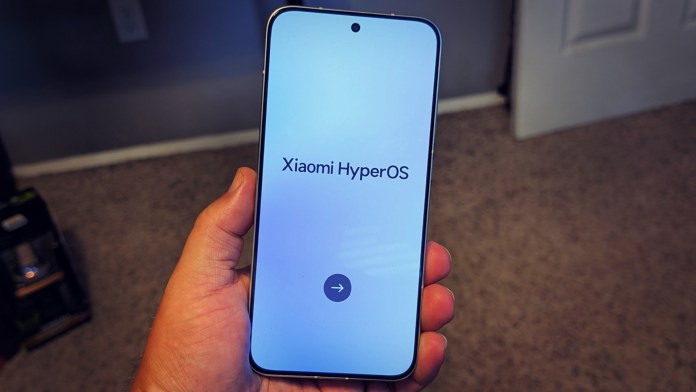
The retail box includes a charger, cable, case, and pre-applied screen protector. It’s a full package, and you’re ready to roll without needing to buy extras.
Final Verdict: A Calculated, Capable Disruptor
The POCO F7 is a terrific example of how to build a phone around strengths. It knows what it’s good at and doesn’t pretend to be other things. It leans in the direction of performance, display quality, and battery life and doesn’t position itself around some flagship-level camera or next-level software capabilities.

Awarded to products with an average rating of 3.75 stars or higher, the AndroidGuys Smart Pick recognizes a balance of quality, performance, and value. It stands out in design, innovation, and user experience, delivering great functionality at a competitive price.
If you’re the type who wants max horsepower under $400, this is one of the best values you’ll find in 2025. You get premium build quality, a flagship-worthy display, true gaming chops, and software support that rivals some of the best.
It’s not flawless, though, and I hope I spelled that out clearly enough. The thermals need work, the secondary cameras are basic, and the software still has a few quirks. But none of that derails the core experience. And I bet some of it can be fixed in an update or two.
The POCO F7 doesn’t try to win on every front or even contend on them. Instead, it focuses on things that matter most to a certain demographic of people. And on those fronts, it wins big.
